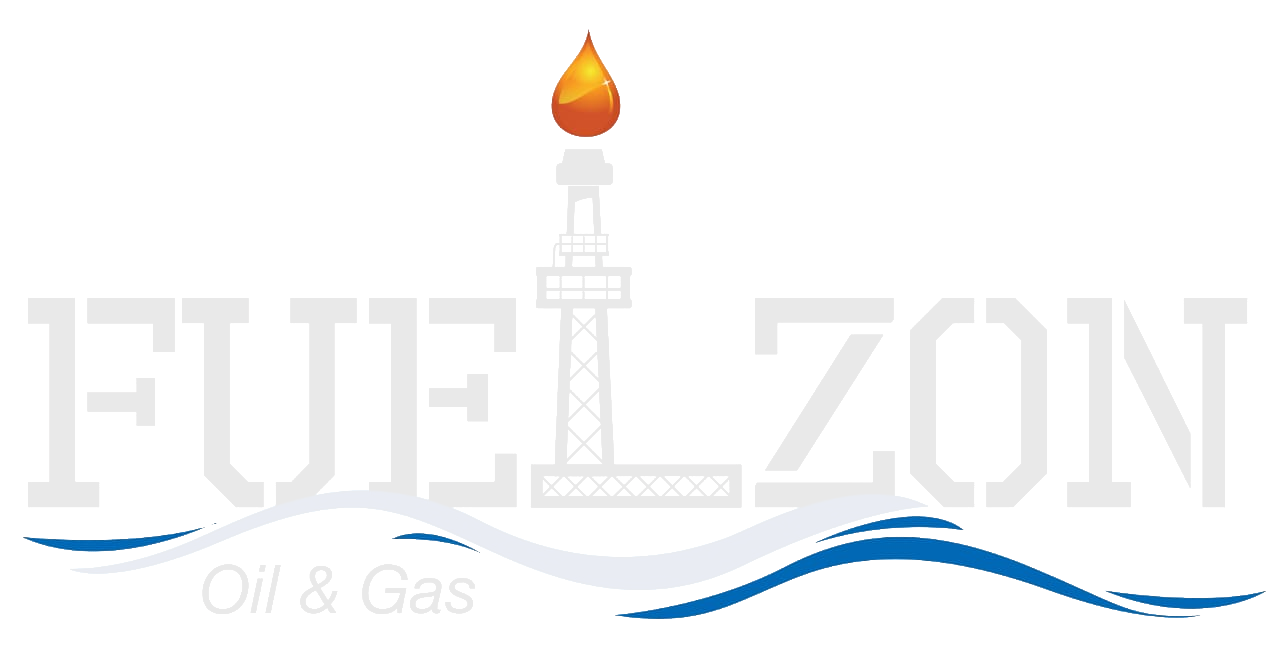Navigating Uncertainty: Oil Markets Face a Balancing Act in Q2
As we enter the second quarter of 2025, oil markets are contending with a complex mix of supply overhang, muted demand growth, and geopolitical flashpoints. While prices remain rangebound, underlying fundamentals suggest a market in transition—testing the agility of traders, refiners, and logistics operators alike.
Supply Outlook: Surplus Persists Despite OPEC+ Moves
- The International Energy Agency (IEA) projects a supply surplus of 950,000 to 1.4 million bpd for 2025, depending on OPEC+ compliance and easing of voluntary cuts.
- Non-OPEC+ producers—notably the U.S., Brazil, and Guyana—are expected to add over 1.5 million bpd this year, outpacing demand growth.
Strategic Note: The market remains well-supplied, with spare capacity acting as a buffer against price shocks.
Demand Trends: Asia Leads, But Global Growth Slows
- Global oil demand growth is forecast at 1.2 million bpd for 2025, up from earlier estimates due to stimulus in China and South Asia.
- However, OECD demand is softening, and structural shifts—like EV adoption and LNG trucking—are capping upside potential.
Price Environment: Rangebound with Geopolitical Spikes
- Brent crude is expected to trade between $65–$75/bbl in Q2, with short-lived spikes driven by Middle East tensions and tariff policy shifts.
- The recent Iran–Israel conflict briefly pushed Brent above $81, but prices quickly retreated as physical supply remained unaffected.
Refining & Freight: Margins Hold, Arbitrage Shifts
- Refining margins remain healthy, especially in Asia and the Middle East, supported by strong diesel and jet fuel cracks.
- Freight dynamics are evolving, with U.S. Gulf Coast to Europe and Middle East flows adjusting to new arbitrage windows and insurance premiums.
🧠 Key Watchpoints for Q2
- OPEC+ compliance: Will voluntary cuts hold, or will quota fatigue set in?
- China’s recovery: Can stimulus measures translate into sustained demand?
- Tariff and trade policy: U.S.–China and EU–Russia dynamics could reshape flows.
- Refinery maintenance season: Watch for regional tightness in products like gasoline and VGO.

